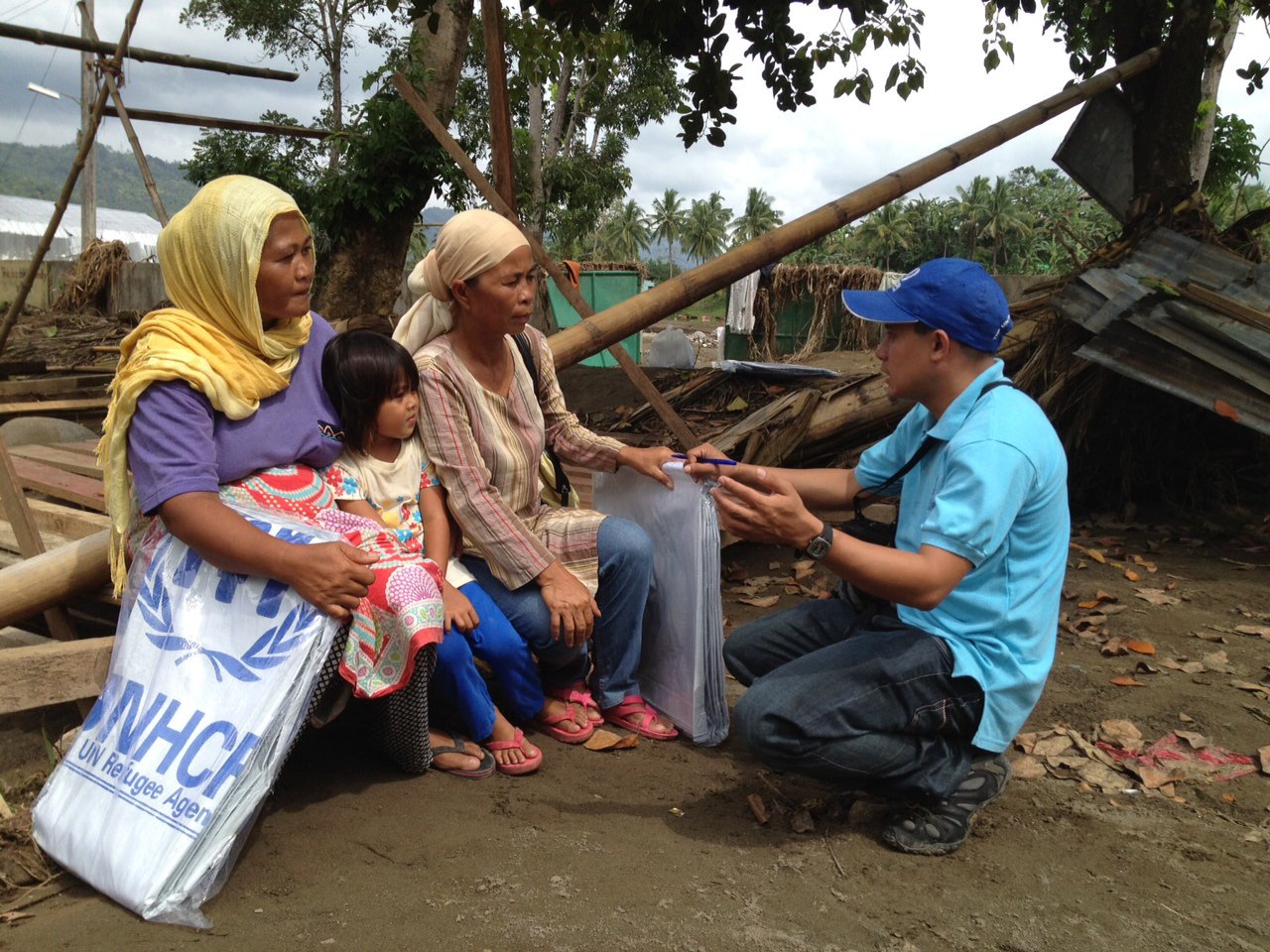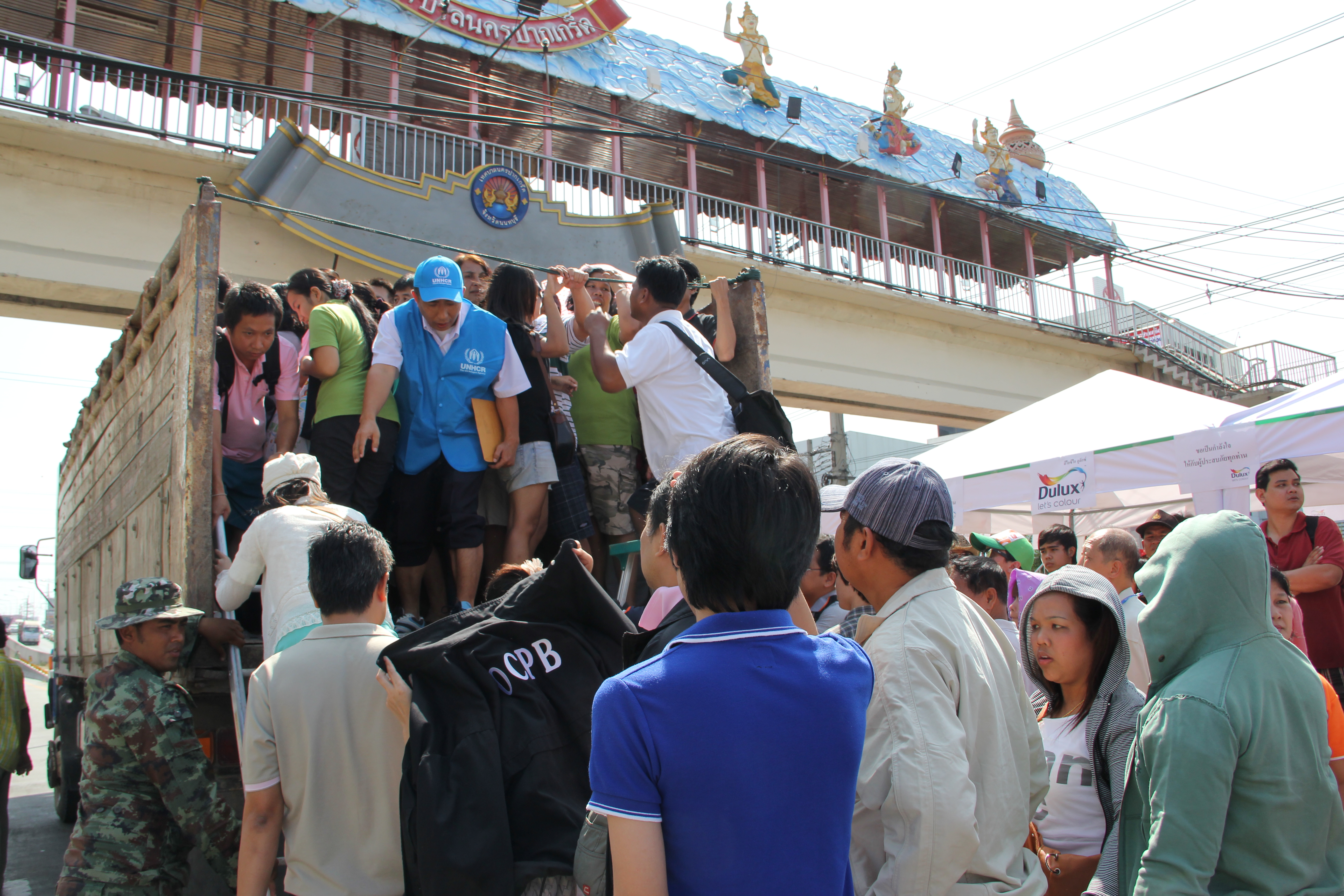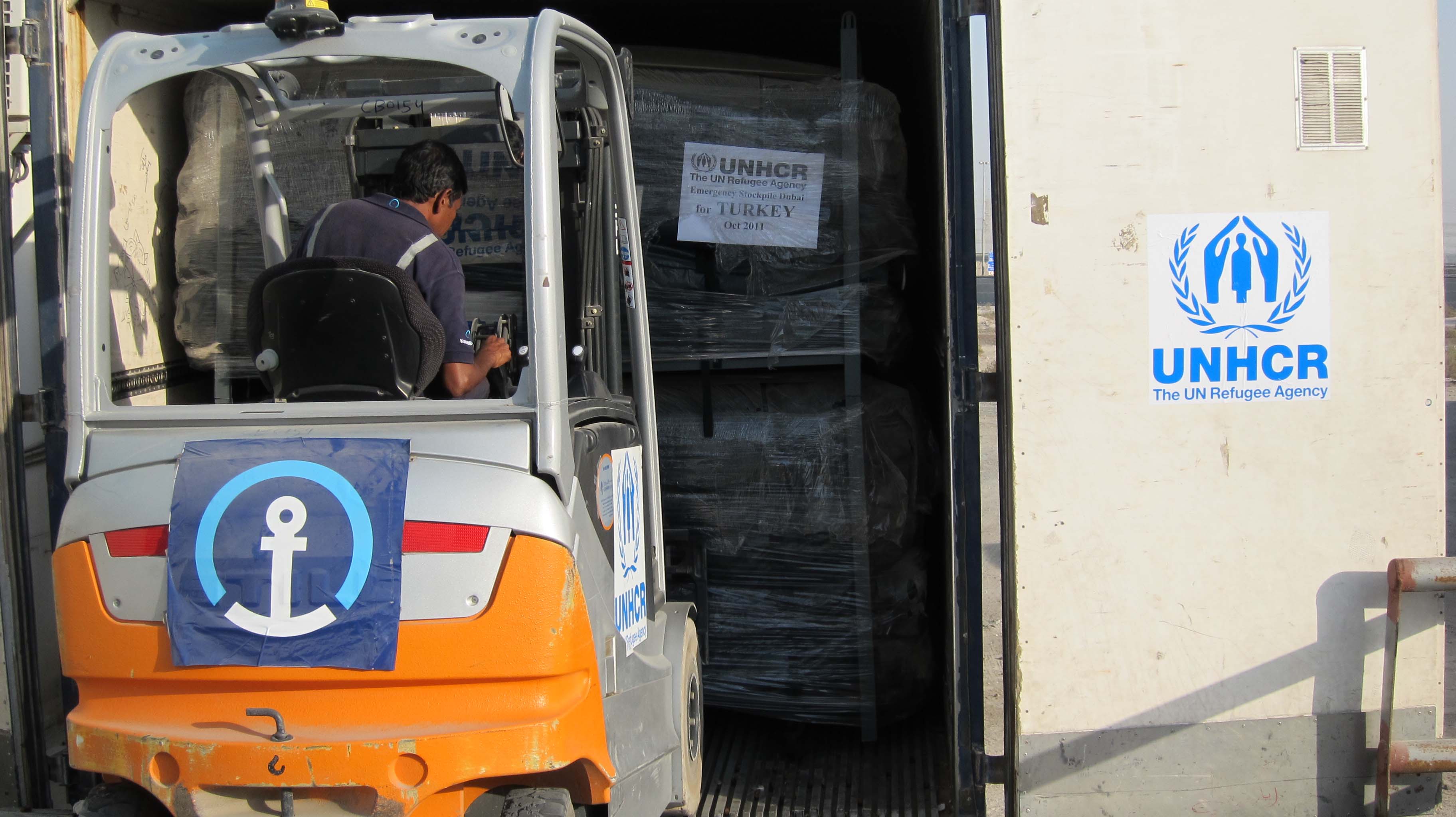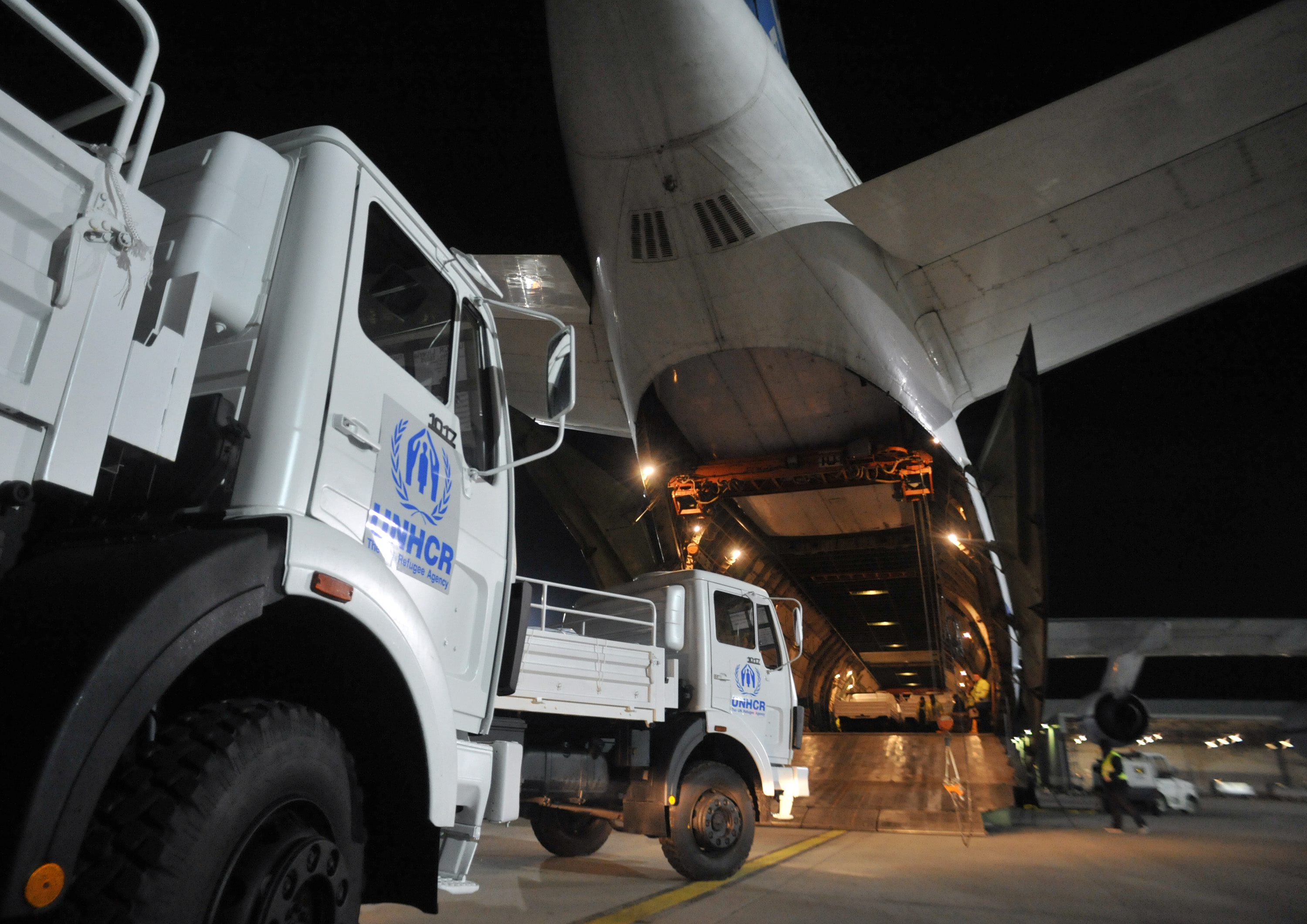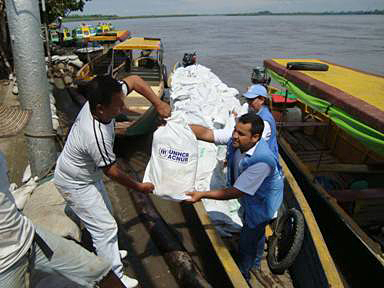The longest day in Norway, the toughest 10 days for emergency team trainees
The longest day in Norway, the toughest 10 days for emergency team trainees

STARUM, Norway, June 25 (UNHCR) - At midnight at 60 degrees latitude north, on the longest day of the year in Norway, there was still light in the sky as 40 UNHCR staff and partners began the toughest part of their 10-day emergency team training course - the simulation.
Over a period of four days, participants divided into four teams - Alpha, Bravo, Charlie and Delta - live in tents, set up a field office and go through a gruelling set of exercises designed to teach them how to deal with scenarios they are likely to come across on an emergency team deployment anywhere in the world.
John Telford, the facilitator of the Workshop on Emergency Management, or WEM, said the intense training is all about teaching, not testing, and a high degree of personal discipline, commitment and flexibility is expected from participants.
"They are here to learn very concrete skills that they will need when they are deployed as part of an emergency team - and a big part of that is teamwork, learning to work on the team itself so every member can perform to his or her best to help the refugees or displaced people," said Telford, who doubles up as a tough and uncompromising regional official during the simulation.
Directed from the base camp radio room - in reality a local football club in the Norwegian countryside - the teams, each with two 4x4 vehicles, are instructed to navigate their way to various incidents during the simulation, which began on Friday, the longest day of the year in the northern hemisphere.
These include situations such as trying to prevent refugees being forcibly returned across a border to the country they have escaped from; planning a refugee camp site; dealing with local officials; talking to the media; and coping with the aftermath of a bad road accident.
Prior to the simulation, the trainees had gone through practical exercises on security, driving 4x4 vehicles, first aid, GPS navigation and radio communications.
The incident which WEM participants talk about most is when they are ambushed and taken hostage by unknown, armed men. According to UNHCR's security official, participants had absorbed the security training they received before the simulation and reacted well during the traumatic experience.
Participants were reminded later that day about the vital importance of this element of the training when they were told during a debriefing that a UNHCR official had been abducted hours earlier in the Somalia capital of Mogadishu.
The pressure never lets up. After driving around the countryside, using all their resources and new found skills to deal with some very tense situations, the participants come back to base camp where they have to work on their resource plans. Everyone soon finds out that teamwork is key to performance.

The simulation centred around the Chad/Darfur situation - one of UNHCR's largest and most complex refugee and displaced persons situations. "I've never been in an emergency situation. It's very different from a normal refugee situation," said Akaran Napakiro from UNHCR in Kenya. "There are a lot of things I've learnt about teamwork ... having one objective tends to pull you together."
Lydia Gebrekristos, who usually works as a repatriation officer in Burundi, echoed those views. "I thought I had learnt about human behaviour and team work. But here, people are coming from different places and different perspectives.... I learned a lot from different people in different ways."
After the WEM, most participants go immediately onto UNHCR's emergency roster for nine months and can be deployed as part of an emergency team at very short notice for up to three months. There's a high probability of being deployed. Even after they come off the roster, the WEM graduates remain on a special roster for up to two years and can be deployed to any major emergency.
Four WEMs are held each year - one in Norway held in cooperation with the Civil Defence District and Training Centre of Oppland and financed by the Norwegian government, two in Sweden financed by the Swedish government, and another in Germany financed by the German government.
The WEM courses are very popular. "We get five to six applications for every slot on the WEM," said Senior Training Officer Andrei Kazakov, who had just returned from the Myanmar cyclone emergency to run the WEM. "People want to be on the WEM and on the emergency roster, although we are a little concerned by the fact that we don't get so many applications from middle managers and senior staff. We need more senior staff," he added.
Staff from UNHCR's partners such as Norwegian Refugee Council, Danish Refugee Council, Save the Children, IrishAid, ASB as well as UNICEF, OCHA, UNRWA and ECOWAS also train alongside UN refugee agency staff members during the WEM, to gain a clear understanding of how UNHCR works in an emergency and how best to work together.
The WEM in Norway finished today, Wednesday, and participants were travelling back to their bases around the globe, waiting for the call to the latest emergency.
By Jennifer Pagonis in Starum, Norway


